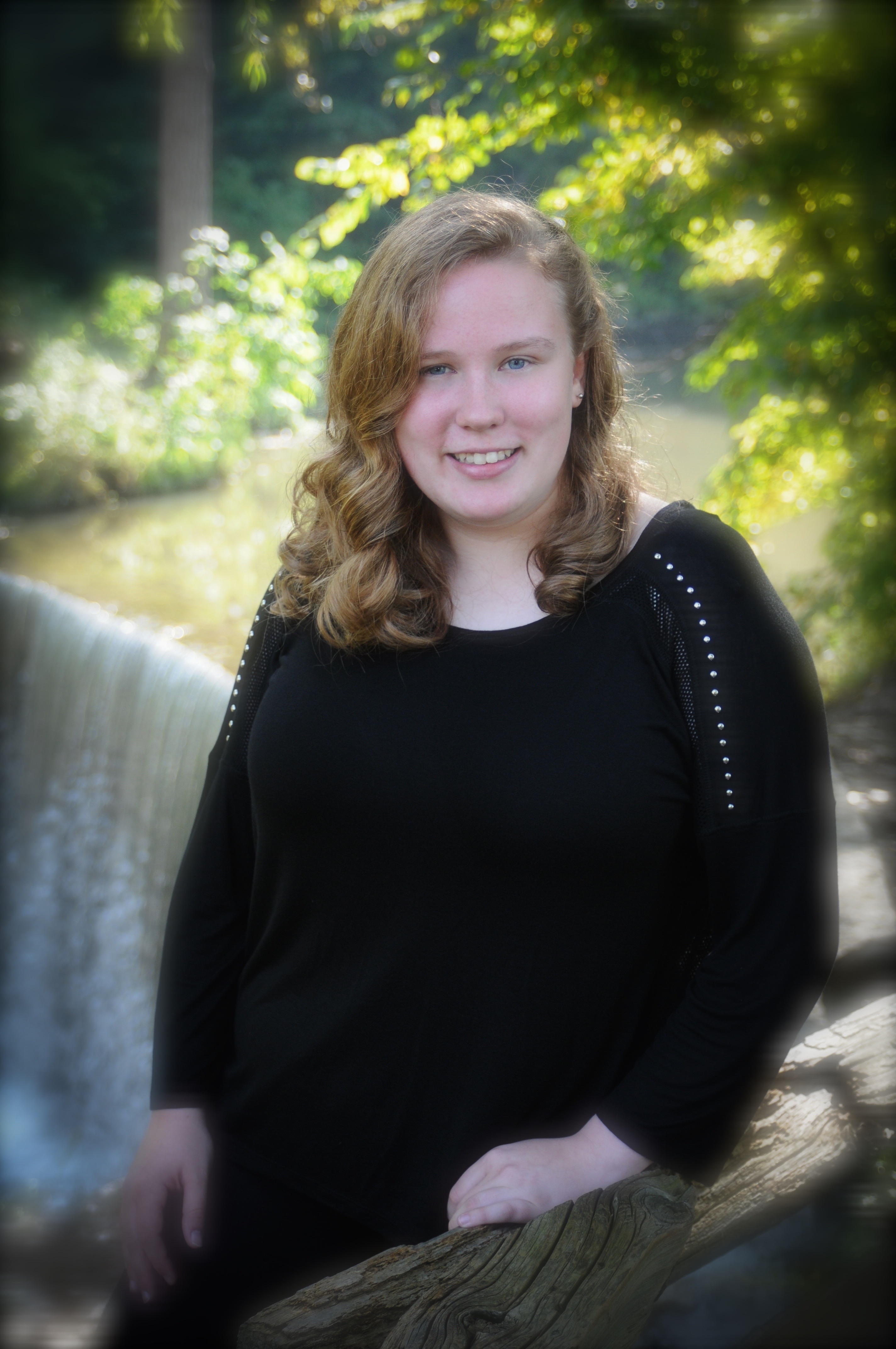Ancient Brewing with a Modern Twist
 Name:
Justin Miller
Name:
Justin Miller
Major: Physics
Hometown: South Milwaukee, WI
Faculty Sponsor: Justin Miller
Other Sponsors:
Type of research: Independent research
Abstract
From approximately 4000 B.C. until 1879 A.D. when Pasteur et al. affirmed that yeast was the causative agent of fermentation, beer was fermented exclusively by wild yeast present in our environment. Most modern breweries today strive to only introduce well-characterized yeast into their beer to obtain predictable results; however, some breweries have returned to the ancient practice of exposing unfermented beer to open air to harvest wild yeast strains with unique characteristics. In our current studies, we attempted to use a similar technique to characterize the wild yeast present in the greenhouse at Carthage College. We prepared a 1L solution containing nutrients and fermentable sugars used preferentially by yeast. The solution was boiled to remove microorganisms and hops were added to reduce the possibility of bacterial contamination. The solution was transferred to sterilized containers left open in the greenhouse for 24 hours. The containers were then sealed with blow-off tubes to vent CO2 gas if fermentation occurred. After about 3 days, we observed signs of an ale-style yeast which completed fermentation within 1 week. There were noticeable citrus aromas/flavors with a distinct bitterness present in the beer. We conclude that an effective way to harvest wild yeast is to prepare a solution with yeast specific nutrients and boiled hops in order to create an environment which allows yeast to preferentially grow.
Poster file
 Name:
Justin Miller
Name:
Justin Miller
